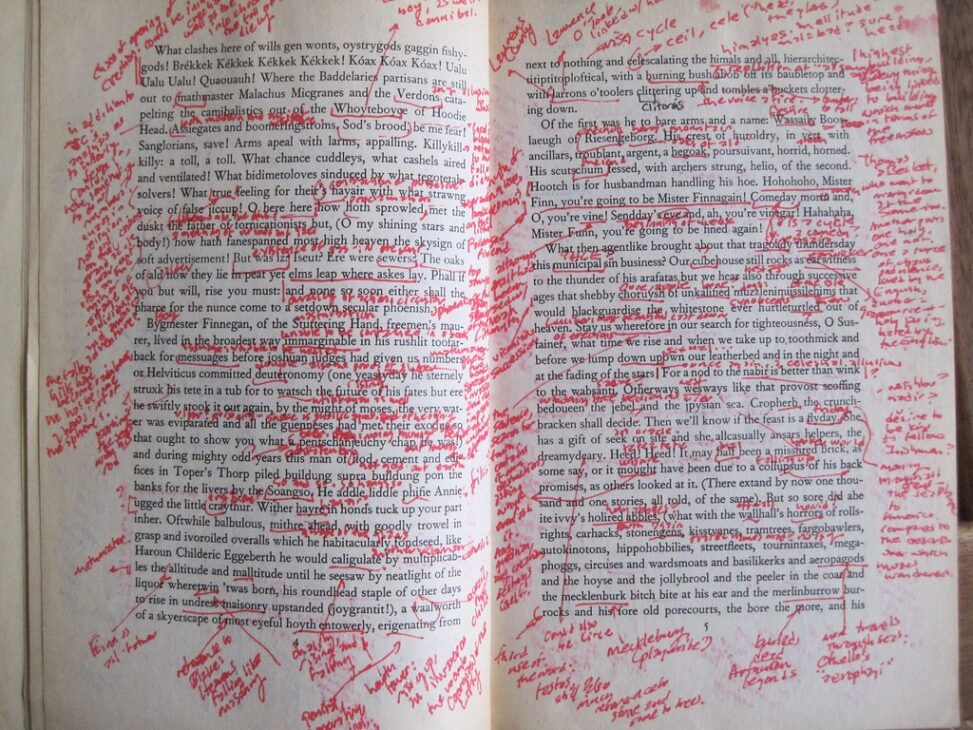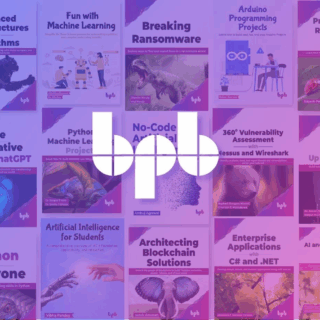From Margins to Metadata: Rethinking Annotation in the Digital Age

Annotation is one of the most powerful habits in learning. Highlighting passages, jotting down ideas in the margins, or layering a textbook with sticky tabs isn’t just decoration—it’s how readers turn information into knowledge. For decades, this was second nature to students, professionals, and researchers. But as reading shifts into digital spaces, annotation faces a new challenge: how do you preserve that tactile, memory-rich process when the book is no longer physical?
A recent shopping trip pushed me to consider that this conversation could be more urgent than we thought. A friend wanted a new planner, so we visited the strip mall in Florida to go looking for a suitable one. What I thought would have been a short stop at Michaels ended up being a hunt through Marshalls, Burlington, Walmart, Target and Michaels. We were shocked to find that even during back to school season there were barely any physical planners on the shelves. Target was the only store in the list that had a modest selection. We ended up not finding one that day.
The reason is obvious: more people are moving to digital calendars, task apps, and productivity platforms. What was once a deeply physical ritual—writing notes in ink, flipping tabs to track the week—has been reimagined through software. Annotation is on the same path. Readers still crave the ability to engage with their texts, but the tools for doing so digitally are only just catching up.
Why Annotation Still Matters
Annotation isn’t optional. It’s an active form of reading that deepens comprehension and builds lasting memory. Notes and highlights let readers:
- Mark key ideas for later review.
- Connect passages to personal reflections or research.
- Build a network of memory cues that help with exams, projects, or creative work.
- Deepen neural networks and neuroplasticity through the process of annotation.
- Share insights with peers, students, or colleagues.
Without annotation, reading becomes passive. With it, texts become interactive, personal, and meaningful. Our interaction with the text qualifies the true process of learning.

The Digital Translation Problem
There are many existing approaches to translate annotation digitally. Most readers allow highlights and comments, but the notes often stay locked inside a file and don’t give the same kind of flexibility a good old sticky note or a bag of coloured pencils do.
Emerging Digital Practices
Some digital habits are beginning to take root:
- Colour-coded highlights: Just like highlighters in a pencil case, readers use different colors to categorize ideas.
- Digital “tabs”: Tags now function like the sticky tabs readers once stuck to important pages.
- Sticky notes reimagined: Notes attached directly to passages serve the same role as those yellow squares, but with the bonus of being searchable and shareable.
- Cross-platform syncing: Annotations no longer stay trapped in one notebook—they can live across devices, accessible wherever the reader is.
- Integration with knowledge systems: Tools that link highlights to apps like Notion, Obsidian, or Roam bring annotations into the broader workflows of writing, studying, or research.
It is exciting to see the first steps the e-learning community has taken to translate annotation into the digital world. However, stopping there would be a discredit to the digital medium. Arguably, pen and paper already work wonders to create real, lasting connections in our brain equal to and often better than most existing digital frameworks.
Therefore it would stand that for digital learning to really be worth it, we have to go beyond just translating physical books and take the next step to optimising digital first-ecosystems.
What a Digital-First Annotation System Should Do
If we were to design annotation for the digital age from scratch, it would need to do more than replicate pen and paper. The ideal system would:
- Offer a full spectrum of highlighting colours for flexible categorisation and personalisation.
- Allow notes and threaded comments that capture evolving thoughts.
- Support connections between notes, turning linear highlights into knowledge networks.
- Built in tools to make reading easier for second-language readers and people with learning disabilities.
- Methods to view books side by side, and connect between resources.
- Adaptability to all kinds of texts and formats.
- Make all annotations visible in a central Highlights tab, with options to filter by book, colour, or tag.
- Enable export into external knowledge tools, bridging reading with long-term personal knowledge management.
- Encourage both private and collaborative learning, giving readers the choice to keep insights personal or share them with a community.
BookFusion’s Approach
This is the direction BookFusion has been building toward. The platform was designed not just as a reader, but as a knowledge infrastructure. Many of the features above are already implemented, and the others are on the roadmap.
BookFusion releases features by platform, first to beta-users and our community, and then beyond. This allows us to get feedback from power readers to learn more about what a perfect digital reading ecosystem would look like.
The Bigger Conversation
The story here isn’t about any one platform. It’s about a broader shift in how we learn, remember, and share ideas. Annotation, once a private ritual of pen and page, is evolving into a connected, digital-first practice. Just as planners found a new life inside apps and calendars, annotation will define the next era of digital reading. BookFusion is committed to paying close attention to the trends and innovations in the space to create a solid, cross-platform reading ecosystem and shaping a learning culture that benefits generations to come.
The open question is: How can digital annotation capture the intimacy and memory-building power of the physical kind while also embracing the possibilities of portability, integration, and collaboration?
We decide together.
Join the conversation on Discord: https://discord.gg/MkTJqZb9ev

🚀 Read across devices with BookFusion!
📲 Download for Android
📲 Download for iOS
💻 Use on Web: https://www.bookfusion.com


